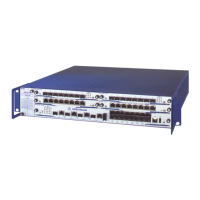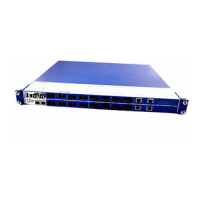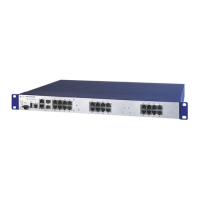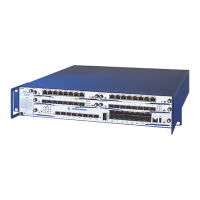Redundancy
158
7.1
Link Aggregation
RM Web
Release
6.0
07/2010
7.1 Link Aggregation
With this dialog you can:
X display an overview of all the existing link aggregations,
X create link aggregations,
X configure link aggregations,
X allow static link aggregations, and
X Delete link aggregations.
The LACP (Link Aggregation Control Protocol based on IEEE 802.3ad) is a
network protocol for dynamically bundling physical network connections. The
added bandwidth of all connection lines is available for data transmission. In
the case of a connection breaking down, the remaining connections take
over the entire data transmission (redundancy). The load distribution
between the connection lines is performed automatically.
There is link aggregation when there are at least 2 parallel redundant
connection lines (known as a trunk) between 2 devices, and these lines are
combined into 1 logical connection. You can use link aggregation to combine
up to 8 (optimally up to 4) connection lines between devices into a trunk.
Any combination of twisted pair and F/O cables can be used as the
connection lines of a trunk. You configure all the connections so that the
transmission speed and the duplex settings of the related ports are matching.
A maximum of 7 trunks can exit a device.
Note: Exclude the combination of a link aggregation with the following
redundancy procedures:
X Network/Ring coupling
X MRP-Ring
X Sub-Ring
Note: A link aggregation connects exactly 2 devices.
You configure the link aggregation on each of the 2 devices involved. During
the configuration phase, you connect only one single connection line
between the devices. This is to avoid loops.
